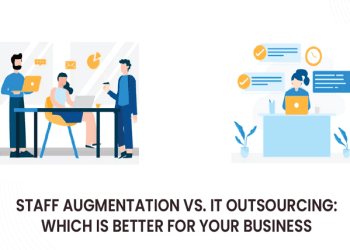The fashion industry is criminal when it comes to pollution. Designing clothes produces a considerable amount of waste at the production stage. A high percentage of ordinary clothing are not used to their total capacity and thrown out into landfill long before being unwearable.
Collection
The first step is, of course, to get an ample supply of old, trashed clothing. It’s not possible to use clothing that’s mingled with organic trash as those have come into too much contact with decomposers. You have to use worn out clothing that is no longer suitable for wear and torn clothes.
Charity donations, tailor shops, recycle bins – these are some places you can get old clothing from. Pick out the ones that are no longer wearable and are worn out enough to be recycled.
Assortment
The assortment is about organizing the different clothing into separated piles of apparel based on hue, value, and material. This is the hardest part, and it is done manually in most places. However, the technology necessary to become automated is available although not yet widely used in commercial settings.
Differentiating the clothing into various heaps based on color ensures that the color is still protected after recycling. Dye is costly, and its production is very polluting as it requires mining and cooking. Stepping over this process cuts down cost, waste and helps save the environment just a little bit more.
Carbonizing, cleansing, and drying
These stages require machinery.
- Carbonizing
Carbonizing is a process by which the cloth material is cleared of its impurities. The clothing is put through a tube-like structure and comes out the other end free of acrylic fabric paints and inks. Pollutants bring down the quality of the result, and it’s essential to get rid of them.
- Cleansing
Here, the clothing is shredded into lint and treated with detergent. Enormous vats of lint are dumped into the soapy water and whirled to clean all the dirt and bacteria from them. It’s a sanitation process.
- Drying
After the shreds are washed and squeezed, they are dropped into a giant air room where the air blows in and air-dries the lint while it falls. The dried-up particles are then rolled out, checked, and felt by a human to ensure that they are dry enough and then dropped into separate storage rooms. Here they stay compressed together until the spinning stage.
Spinning
Cloth is made from thread, and thread is spun from the fiber. The lint produced from the last stages is essentially fiber. Balls of it are taken, combed out, and spun together to form rolls of the matter. This is done manually. The spinning process is slightly different for different materials, though similar in concept.
Afterward, the thread is woven into cloth and sold back to companies and brands.
Sustainability is more than just a trend we can follow; with pollution being such a significant problem, it is the only path we should follow. That’s why it’s imperative to start clearing up the messes of our industries.












